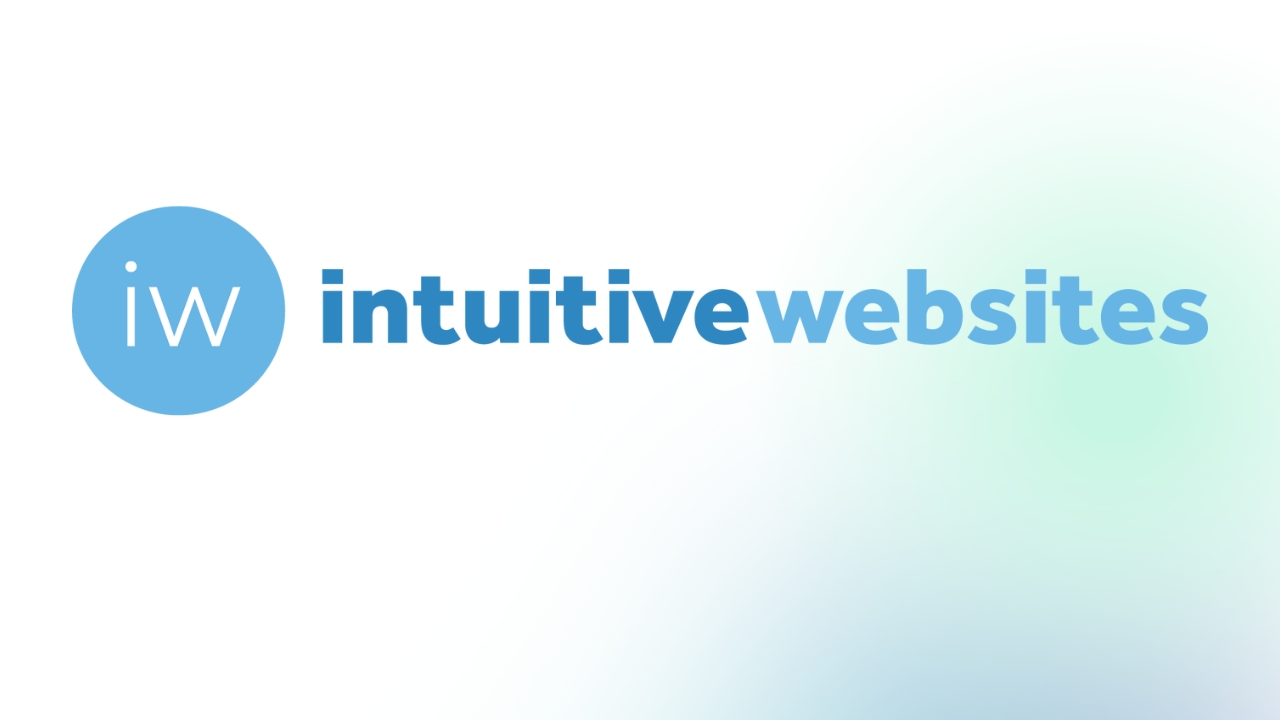Mistakes to Avoid On the Web
From our experience, here are a few of the biggest Website mistakes. Usability testing and solid Internet marketing strategies can minimize these problems.
The Usability Gap
There is a usability gap where the site visitor does not understand your message or how to use the site properly. This causes a disconnect between the intentions of the Website and how people actually use the site. Most sites are created in a vacuum where only a few people build something that is seen by many. Putting your site in front of test users is a great way to break free from this vacuum and gain real understanding of how people use your site.
Marketing Versus IT
IT departments manage the Website, rather than marketing. Websites are marketing tools best managed by marketing. IT staff may oversee development and technology issues, but marketing staff are the key strategists behind the site’s purpose and use. Marketing should be advocates for the customer and best understand to how to meet customer needs.
Simplicity of Design
Many Websites are ugly with a poor layout, colors, graphics, photos and small fonts. This can happen when an IT staff member takes it upon himself or herself to become a graphic designer. This leads to a site with too many images, photos or too much design. Visitors comment on this by noticing that the site is too cluttered, noisy and confusing.
Look for designers that specialize in clean, simple and easy to follow designs. Site visitors are much more interested in ease of use and access to the key information they want, rather than too much design.
Broken Sites
The site breaks or is clunky. Thoroughly test your site because broken links and other site problems are a reflection on your business and a marketing issue. This communicates the wrong message about your company. In depth user testing can help alert you to technical flaws and fix them.
It’s About the Site Visitor
One common mistake on the Web is sites that focus on the company too much, with little meaningful content for visitors. Fill your site with benefits to customers that answer their questions and meet their needs. Your site will only get results in direct proportion to what it does for visitors and customers.
A few last reminders to increase the usability of your site:
· Keep the site updated on a regular basis.
· Include contact information on every page.
· Use a secure connection.
· People with money wear reading glasses, use large fonts on the Web.
· Be consistent and keep it simple. This leads to happy site visitors.
Finally, remember that on the Web you can’t just “build it and they will come.” You must market the Website to draw in traffic.
BONUS! Ten Questions to Ask your Developer
What has been the ROI on this Website?
What is your marketing experience?
What is your design experience?
How do search engines work?
What do suppose people are thinking when they see the home page?
Do you have comprehensive stats, including unique visitors?
How can we get traffic to this site?
What works on the Internet in our industry or marketplace?
Do you write HTML?
Do I need a Website? Why?
How easy is it for users to navigate the site?


